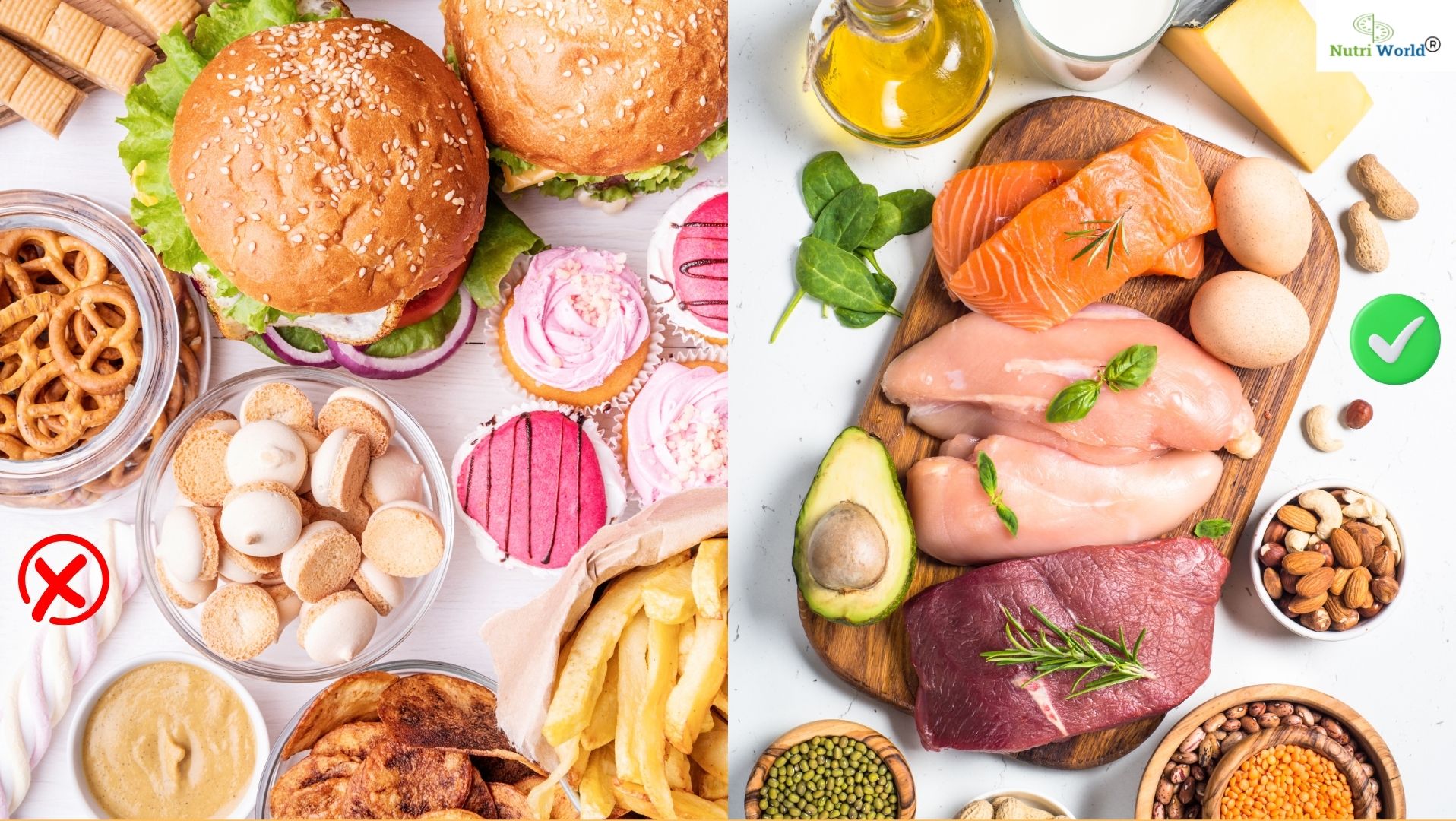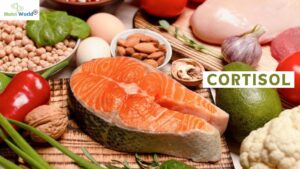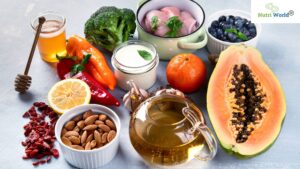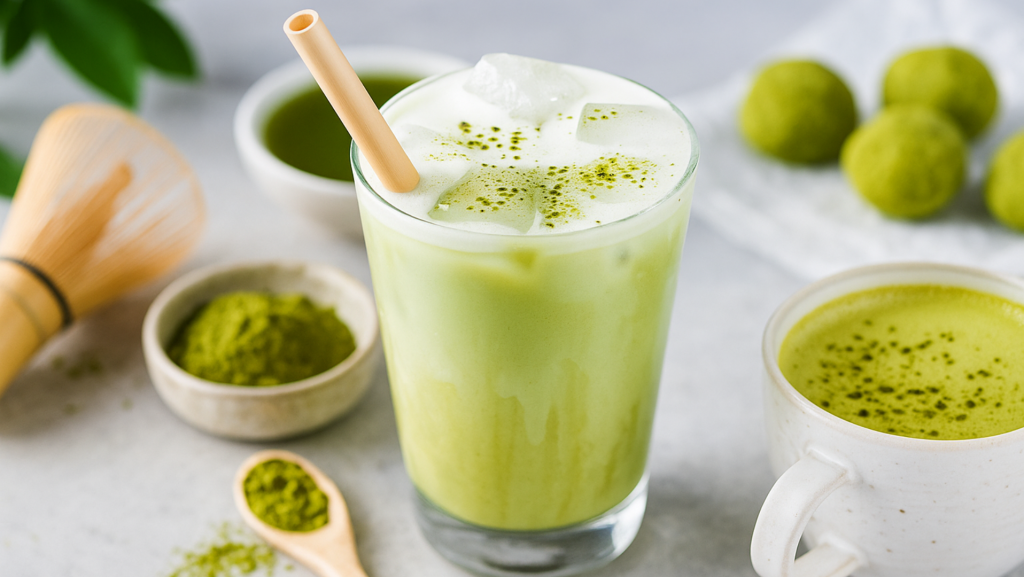By Nutriworld | Dt. Dipanwita Saha
We often focus on what to eat for better health—but rarely on how to combine foods. While many ingredients are healthy on their own, certain combinations can actually do more harm than good. Poor food pairing can lead to bloating, gas, indigestion, nutrient malabsorption, and even toxin buildup over time.
According to Ayurveda and modern nutrition science, combining incompatible foods can disturb the digestive fire (Agni) and create Ama—a form of toxic residue that can disrupt gut health and overall well-being.
Here are 5 surprising food combinations that might be lurking on your plate and silently sabotaging your digestion.

1. Melons with Any Other Fruit
🔸Why It’s Harmful:
Melons—especially watermelon and cantaloupe—digest very quickly compared to other fruits. When you eat them with slower-digesting fruits like bananas, apples, or berries, the melon gets “stuck” in the digestive tract. This delay can cause fermentation in the gut, leading to gas, bloating, and discomfort. Melons are also mostly water, and combining them with other fruits or foods can dilute digestive enzymes, slowing down the entire process.
🔸Best Practice:
Eat melons alone and on an empty stomach, preferably in the morning or as a light snack between meals. Let them digest fully before consuming anything else.
2. Fruits and Vegetables Together
🔸Why It’s Harmful:
Fruits are high in natural sugars and digest much faster than most vegetables. When combined, the slow-digesting vegetables can delay the breakdown of fruit sugars, leading to fermentation and the production of gas. This is especially true when combining sweet fruits (like mangoes or grapes) with starchy or cruciferous vegetables (like broccoli, cauliflower, or carrots).
In some people, this combination can even lead to acid reflux or stomach cramps.
🔸Best Practice:
Have fruits and vegetables in separate meals or snacks. If you must combine them, stick to non-starchy vegetables like leafy greens or cucumber, and avoid mixing them with overly sweet fruits.
3. Starchy Foods with Animal Protein (e.g., Potato with Meat)
🔸Why It’s Harmful:
Protein and starch require different digestive environments. Protein needs an acidic setting (pepsin and hydrochloric acid), while starches require alkaline conditions (ptyalin in saliva). When consumed together—like steak with mashed potatoes—the body struggles to digest both efficiently. This can lead to fermentation of carbs, putrefaction of proteins, gas, bloating, and sluggish digestion.
This is a common food pairing in many cuisines but might be one of the silent culprits behind post-meal heaviness or discomfort.
🔸Best Practice:
Combine protein with non-starchy vegetables (like meat with broccoli or fish with zucchini), or starch with healthy fats and greens (like sweet potatoes with avocado and spinach). Give your digestive system some breathing room.
4. Papaya with Lemon
🔸Why It’s Harmful:
This one might surprise many health enthusiasts who love squeezing lemon over everything. While both papaya and lemon have health benefits, combining them is not advisable. Papaya contains an enzyme called papain, which can react negatively with the citric acid in lemon. This combination may lead to hemoglobin toxicity in sensitive individuals, especially children, as reported in certain clinical cases. Additionally, mixing acidic and enzymatic fruits can lead to unpredictable digestive reactions, including nausea or stomach upset.
🔸Best Practice:
Enjoy papaya on its own, or with a pinch of rock salt or black pepper if you want to enhance flavor—skip the lemon.
5. Dairy and Sour or Citrus Foods (e.g., Milk with Orange or Yogurt with Pineapple)
🔸Why It’s Harmful:
Combining dairy products like milk, curd, or paneer with sour fruits or citrus (or even tomatoes) can cause curdling in the stomach. This not only makes digestion harder but can lead to acidity, bloating, and even skin issues due to the formation of toxic byproducts.
For example, milk with orange juice may seem like a harmless breakfast, but it creates a heavy, mucus-forming combination in the gut that may trigger intolerance or allergic reactions over time.
🔸Best Practice:
Consume milk and dairy alone or pair it with naturally sweet foods like dates or soaked almonds. Avoid combining dairy with citrus or salty, spicy items.
Why Food Combining Matters
When foods that digest at different speeds are eaten together, they interfere with each other’s breakdown. This results in undigested food lingering in the gut, where it can ferment, create gas, and foster the growth of harmful bacteria. Over time, this weakens your gut microbiome, stresses your digestive organs, and leads to symptoms like:
- Bloating
- Acid reflux
- Brain fog
- Skin breakouts
- Poor nutrient absorption
- Sluggish metabolism
Food combining isn’t just an Ayurvedic principle—it’s a practical tool to reduce inflammation and improve energy levels naturally.
Bonus Tip: Listen to Your Body
Everyone’s digestive system is different. While some people can handle certain food combinations without issue, others may be more sensitive. It’s important to observe how your body reacts to meals and adjust accordingly. Keeping a food journal can help you track patterns and identify problematic pairings.

Hello! I'm Dietician Dipanwita Saha is the founder of Nutriworld and a dedicated clinical dietitian. I focus on helping individuals improve their health through personalized diet plans that are based on scientific principles. I believes that proper nutrition is crucial for healing and maintaining a balanced lifestyle, whether someone is recovering from an illness or managing a health condition
Explore Our Courses:
I provide personalized diet consultations to help you reach your health goals, such as managing weight, recovering from illness, or improving overall wellness. My method is based on scientific nutrition and includes practical meal plans tailored to your lifestyle.
Subscribe to my YouTube channel for more practical diet tips, healthy recipes, and expert insights. I regularly upload videos to simplify nutrition and help you make informed food choices.







